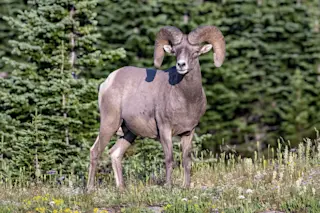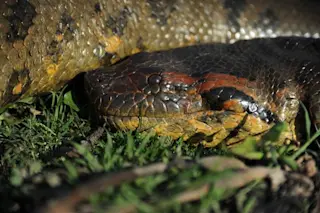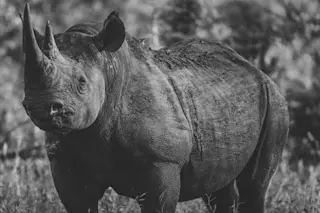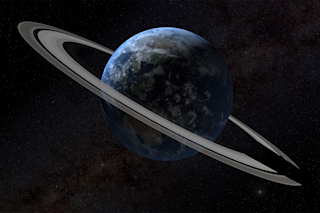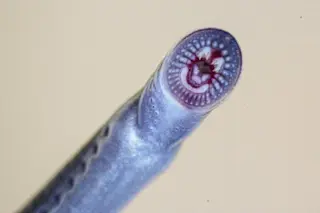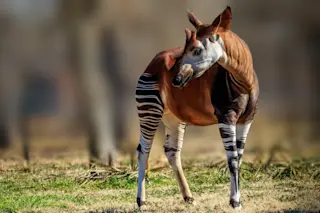Scientists have been arguing for years about what caused the die-off of both North American culture and many large animals near the end of the last ice age, about 13,000 years ago. Did hunters wipe out the mammoths, saber-toothed tigers, and giant sloths? Or did a huge drop in temperature freeze out both the animals and their hunters?
Neither, says Luann Becker, a geochemist at the University of California at Santa Barbara. Becker, along with two dozen–odd scientists, is studying a thin 12,900-year-old geologic layer across North America that she believes holds the legacy of a major extraterrestrial impact roughly half the size of the one that killed the dinosaurs.
After reviewing evidence of the blast—magnetic dust, trapped extraterrestrial gas, glasslike carbon full of tiny diamonds from the heat, and a layer of iridium from outer space—the geologists concluded that the North American fireball was a whopper. Specifically, they suggest ...







